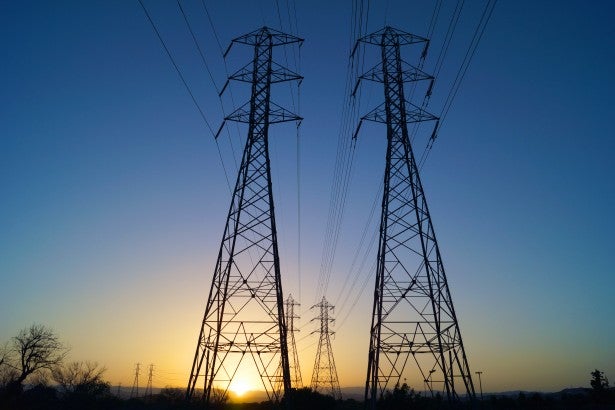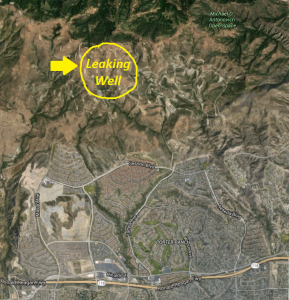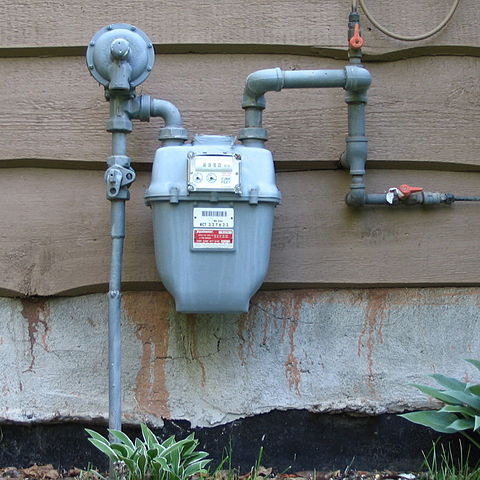 A new study, jointly conducted by the California Independent System Operator (CAISO) – the entity responsible for overseeing much of California’s electric grid – First Solar, and the National Renewable Energy Laboratory (NREL), demonstrates the untapped potential of utility-scale solar. The study shows that utility-scale solar can provide key services needed to ensure electric grid stability and reliability – better known as ancillary services – at levels comparable to conventional, fossil fuel driven resources.
A new study, jointly conducted by the California Independent System Operator (CAISO) – the entity responsible for overseeing much of California’s electric grid – First Solar, and the National Renewable Energy Laboratory (NREL), demonstrates the untapped potential of utility-scale solar. The study shows that utility-scale solar can provide key services needed to ensure electric grid stability and reliability – better known as ancillary services – at levels comparable to conventional, fossil fuel driven resources.
California needs to reduce reliance on natural gas for ancillary services
In CAISO’s market, ancillary services are overwhelmingly provided by natural gas-fired resources, and their share of the pie has been increasing in recent years.
This growing reliance on natural gas for ancillary services merits attention for many reasons. Read More










 The New York Public Service Commission recently approved plans by National Grid, the largest distributor of natural gas in the Northeast, to use advanced leak detection and quantification technologies developed by EDF and Google Earth Outreach in order to maximize the environmental and ratepayer benefits of a three-year, $3 billion capital investment program. This program includes plans to replace 585 miles of old, leak-prone pipes on the company’s systems in Long Island and parts of New York City.
The New York Public Service Commission recently approved plans by National Grid, the largest distributor of natural gas in the Northeast, to use advanced leak detection and quantification technologies developed by EDF and Google Earth Outreach in order to maximize the environmental and ratepayer benefits of a three-year, $3 billion capital investment program. This program includes plans to replace 585 miles of old, leak-prone pipes on the company’s systems in Long Island and parts of New York City. Yesterday, the Southern California Gas Company filed for permission to resume operations through approved wells at its Aliso Canyon gas storage facility, saying it has completed key safety tests. The facility has been offline over the last year, after it sprung one of the largest gas leaks ever recorded.
Yesterday, the Southern California Gas Company filed for permission to resume operations through approved wells at its Aliso Canyon gas storage facility, saying it has completed key safety tests. The facility has been offline over the last year, after it sprung one of the largest gas leaks ever recorded. Natural gas is a major source of electricity in the United States. Roughly one-third of the 33 trillion cubic feet of gas produced each year is used to power our homes and businesses. And it’s the gas delivery and transmission industry that ensures these services are delivered nationwide.
Natural gas is a major source of electricity in the United States. Roughly one-third of the 33 trillion cubic feet of gas produced each year is used to power our homes and businesses. And it’s the gas delivery and transmission industry that ensures these services are delivered nationwide. Last month, the U.S. Senate unanimously passed the SAFE PIPES Act, reauthorizing the Pipelines and Hazardous Materials Safety Administration (PHMSA). Tucked inside the bipartisan bill are important new measures intended to advance the ways in which regulators facilitate the repair and replacement of old, increasingly leaky pipeline systems.
Last month, the U.S. Senate unanimously passed the SAFE PIPES Act, reauthorizing the Pipelines and Hazardous Materials Safety Administration (PHMSA). Tucked inside the bipartisan bill are important new measures intended to advance the ways in which regulators facilitate the repair and replacement of old, increasingly leaky pipeline systems.